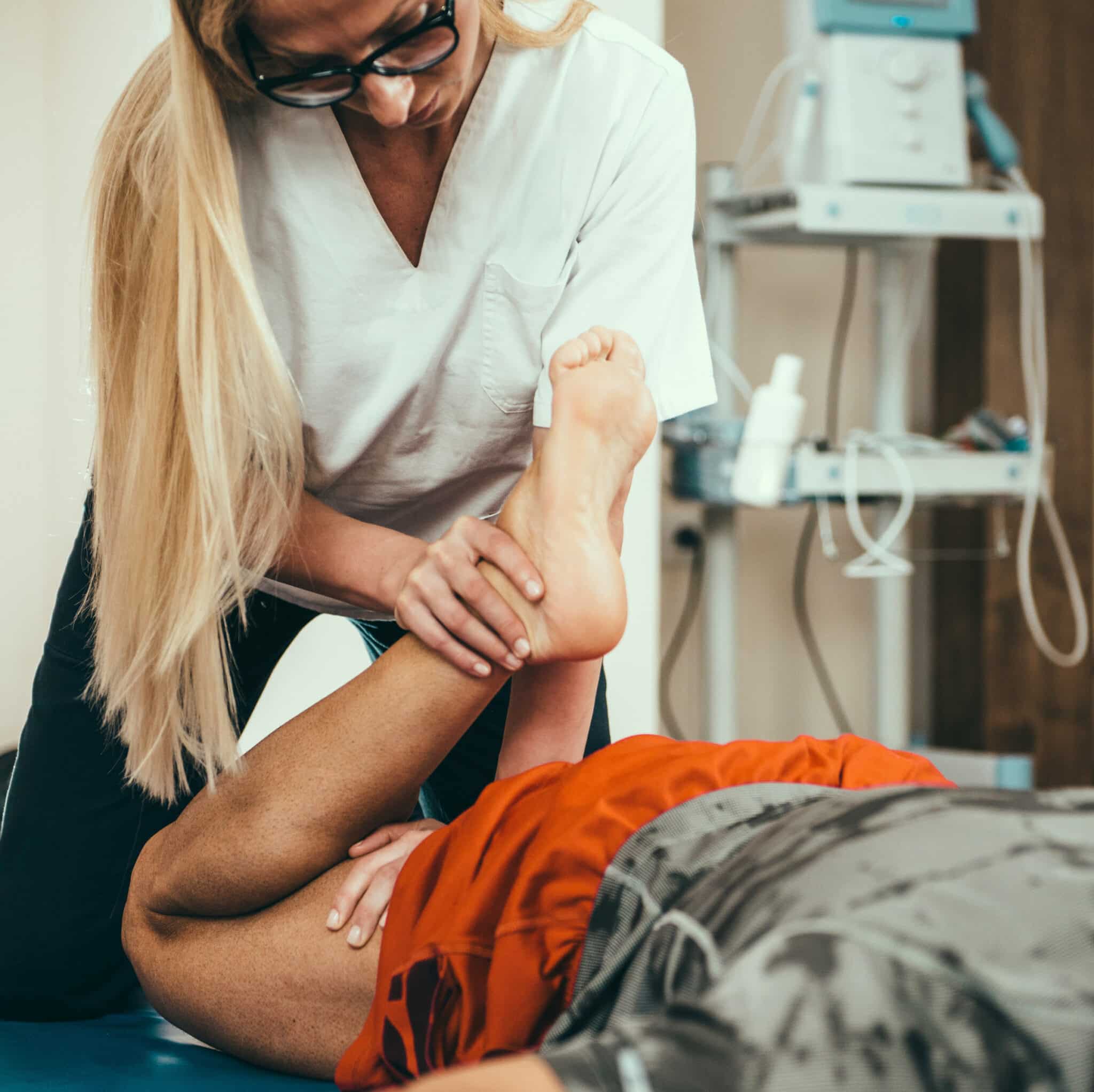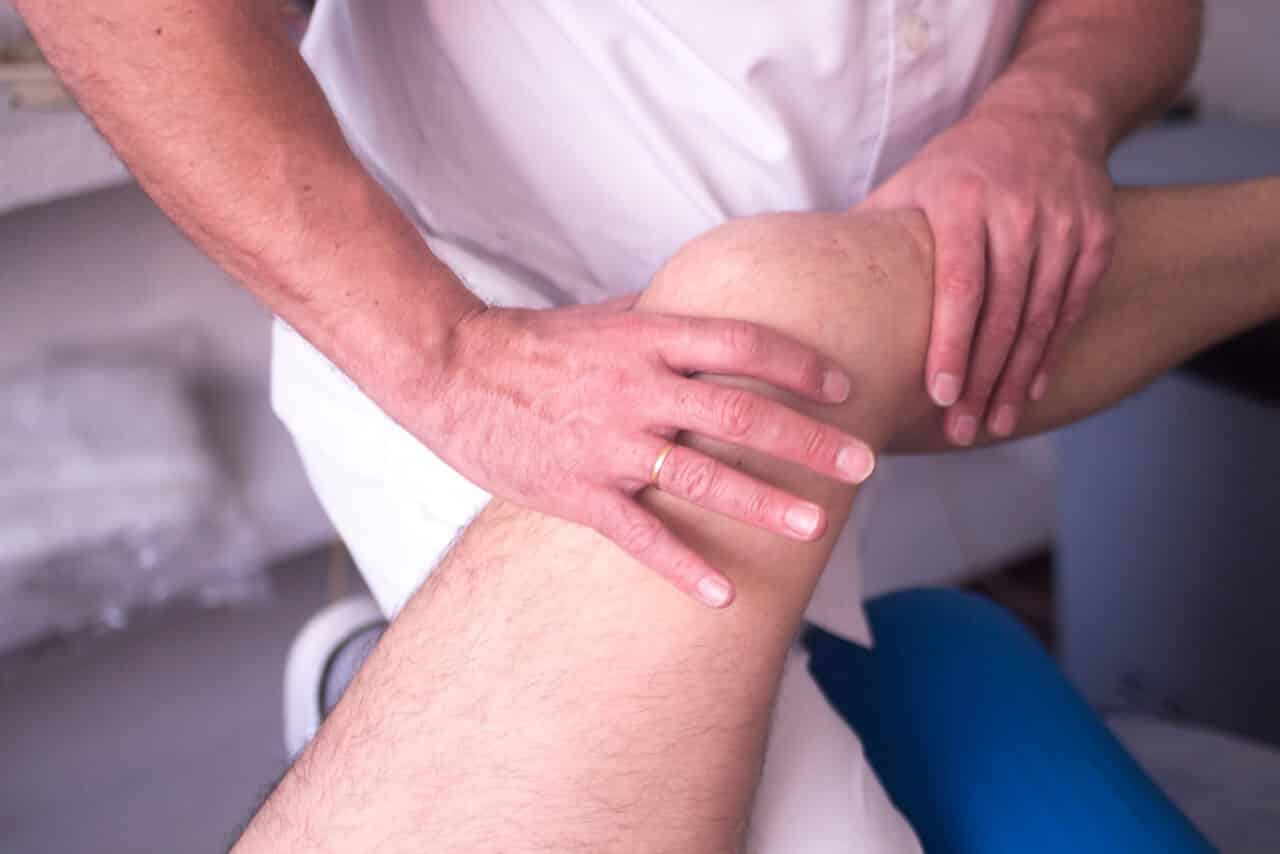When you are experiencing pain, whether it is chronic or a new injury, you should consider consulting a physical therapist first. Early intervention could make the difference of a full recovery vs. reduced mobility. Professional physical therapy can treat many conditions including sports injuries, arthritis, neuromuscular diseases and disk injuries just to name a few.

A physical therapist is a licensed health professional who has received specific graduate training in physical therapy. Your physical therapist, or PT, will evaluate your condition with simple tests such as determining how well you can move around, reach, bend or grasp. They may also observe how well you walk or climb stairs and evaluate your posture or balance. These tests will establish a baseline to measure improvements and will allow your PT to customize a treatment plan for you as an individual. This customized treatment plan will help you to understand your pain, allow you to work through the pain without the fear of causing further injury and set realistic expectations for recovery. Therapy will help you to improve movement, function and quality of life as well as manage your pain.
Physical therapy is defined as “Care that aims to ease pain and help you function, move and live better.” Common reasons physical therapy is needed are for:
- Pain Relief
To increase mobility or ability - Prevention or Recovery from Sports Injury
- To prevent surgery or disability
- Rehabilitation
- To improve balance and prevent a fall
- Manage a chronic illness
- Recovery after giving birth
- Improve control of bowels or bladder
- Adapting to an artificial limb
- Learning to use a walker or cane

“Care” comes in a variety of treatment methods used by physical therapists. PT’s may use one or more methods including:
- Exercises and stretches
- Massage
- Heat or cold therapies
- Ultrasound to ease muscle pain or spasms
Treatment will be monitored and adjusted by your physical therapist as necessary according to your progress. These methods enable you, with the help of your therapist, to reach your goals of mobility to get back to a normal lifestyle as soon as possible.
Early intervention is key in avoiding other problems caused by the limited mobility you are experiencing. For example, if you are experiencing knee pain, you may find yourself limping and causing stress on the opposite knee. This stress may take more time to treat and reverse than if you reached the root of the problem early.

For most causes of pain, it is important to stay active and keep moving. Your physical therapist can develop a plan for you to keep an active lifestyle that is appropriate for your condition and can help to manage your symptoms and reduce or even eliminate the pain. Eliminating pain through optimal physical therapy practices will likely save (or at least delay) the potential risks of surgery and use of opioids to manage the pain.

